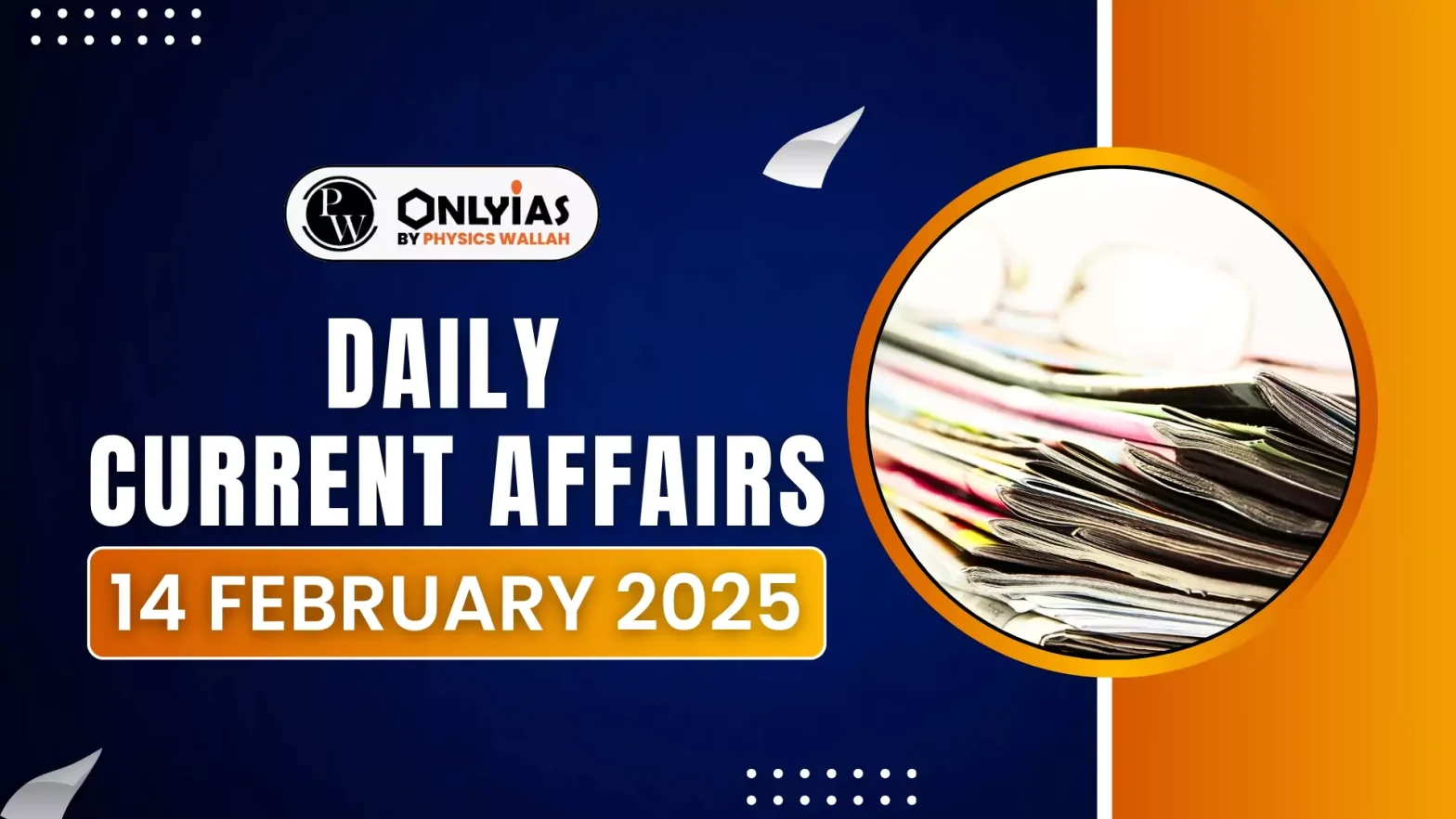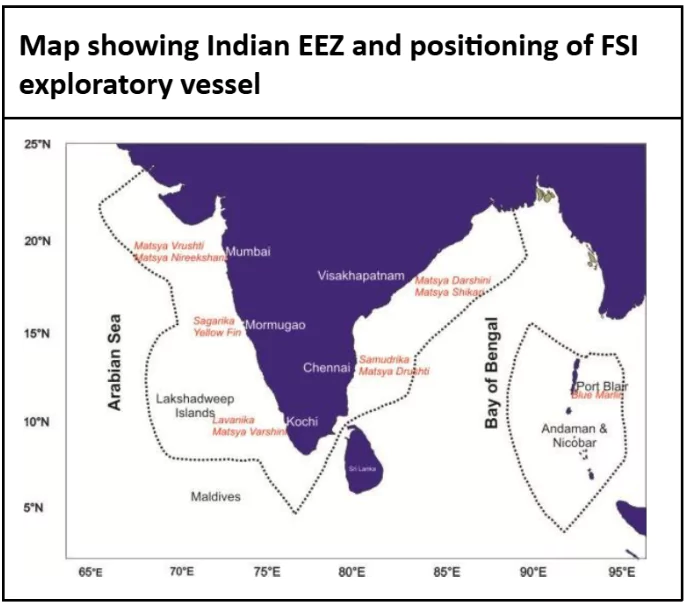![]() 14 Feb 2025
14 Feb 2025

A deep-sea fishing expedition conducted by the Fishery Survey of India (FSI) has uncovered new, highly productive fishing areas in the Arabian Sea.
|
Map showing Indian EEZ and positioning of FSI exploratory vessel |
 |
Arabian Sea
|
<div class="new-fform">
</div>